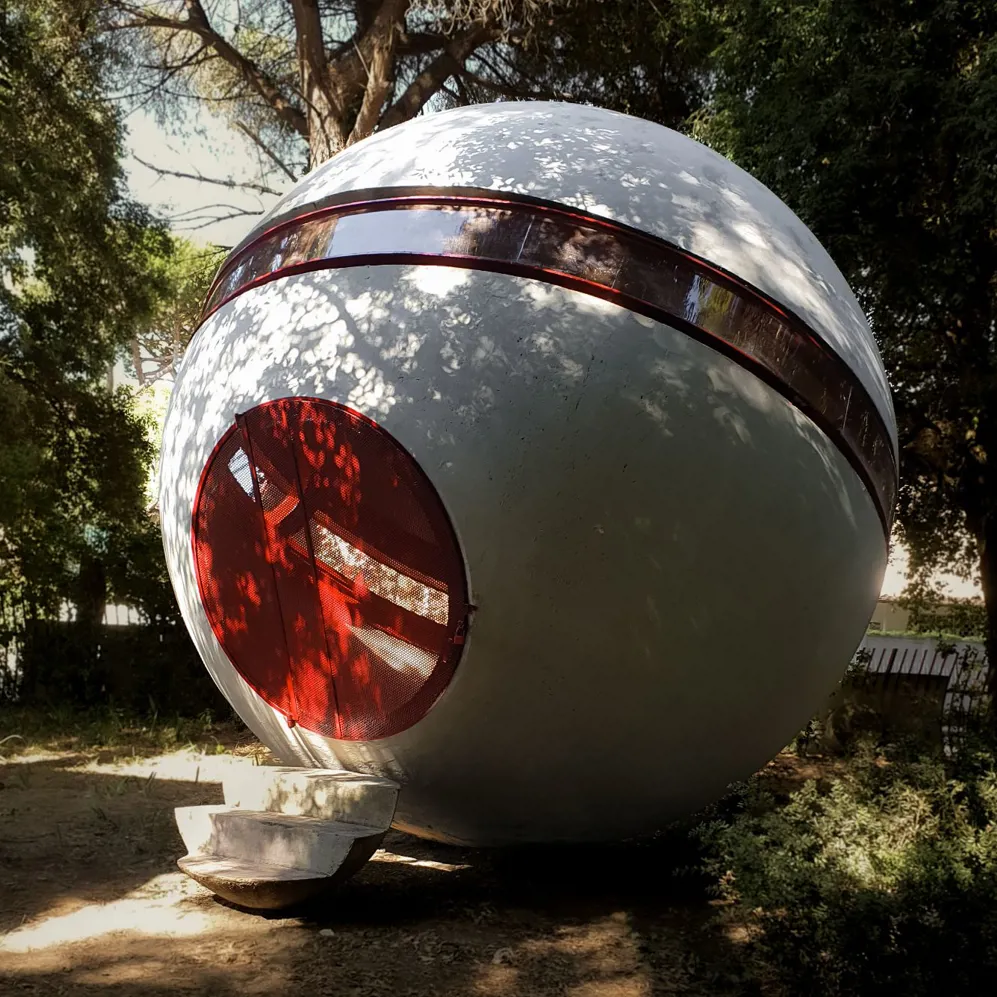
Words Vidula KotianDate 01 November 2023
“I couldn’t understand why all these books I was studying were so focused on Corbusier, Mies van der Rohe, and Gio Ponti. The historians and the critics have excluded such a big part of our history in Europe, such as the organic style that was born in Italy or all these collaborations between architects in France, Austria, and Germany in the 1960s and 1970s.”
So, the idea was born for “Forgotten Architecture,” where Felicori, along with a community of architecture enthusiasts, document forgotten 20th-century buildings and lesser-known architects. The huge archive that has been built up over the years has also become the main source for her independent projects and for her collaborations with brands and institutions as a moderator, curator, and writer for publications, such as Domus, Artribune, Elle Decor Italia, and Architectural Digest Italia. Felicori is as interested in the human element of architecture as she is in structures: from questioning who we give visibility to in terms of modern architects to the relationship between ghettoization and architecture. We talked to her below.

Bianca Felicori at her Milan studio DOPO SPACE
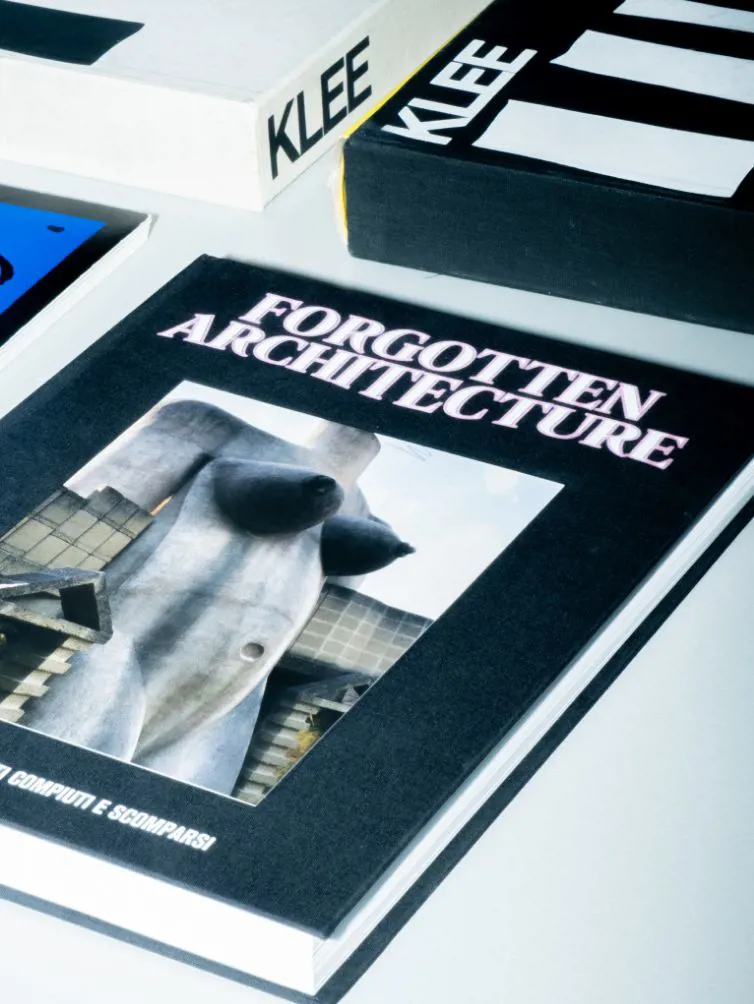
The book features chapters written by authors and participants from the Facebook group
Right now, I’m based between Milan and Brussels because I am doing a PhD on the relationship between art and architecture in the 1960s-70s. This is why I’m focused on the second half of the 20th century and especially on the radical and visionary architecture that was born in that period. We are also working on the release of the English version of our Forgotten Architecture book in February next year.
The historians and the critics have excluded such a big part of our history in Europe, such as the radical movement that was born in Italy. I started to do my own research during my free time, and I discovered this group of architects doing organic architecture. I fell in love with Marcello D’Olivo, for example.
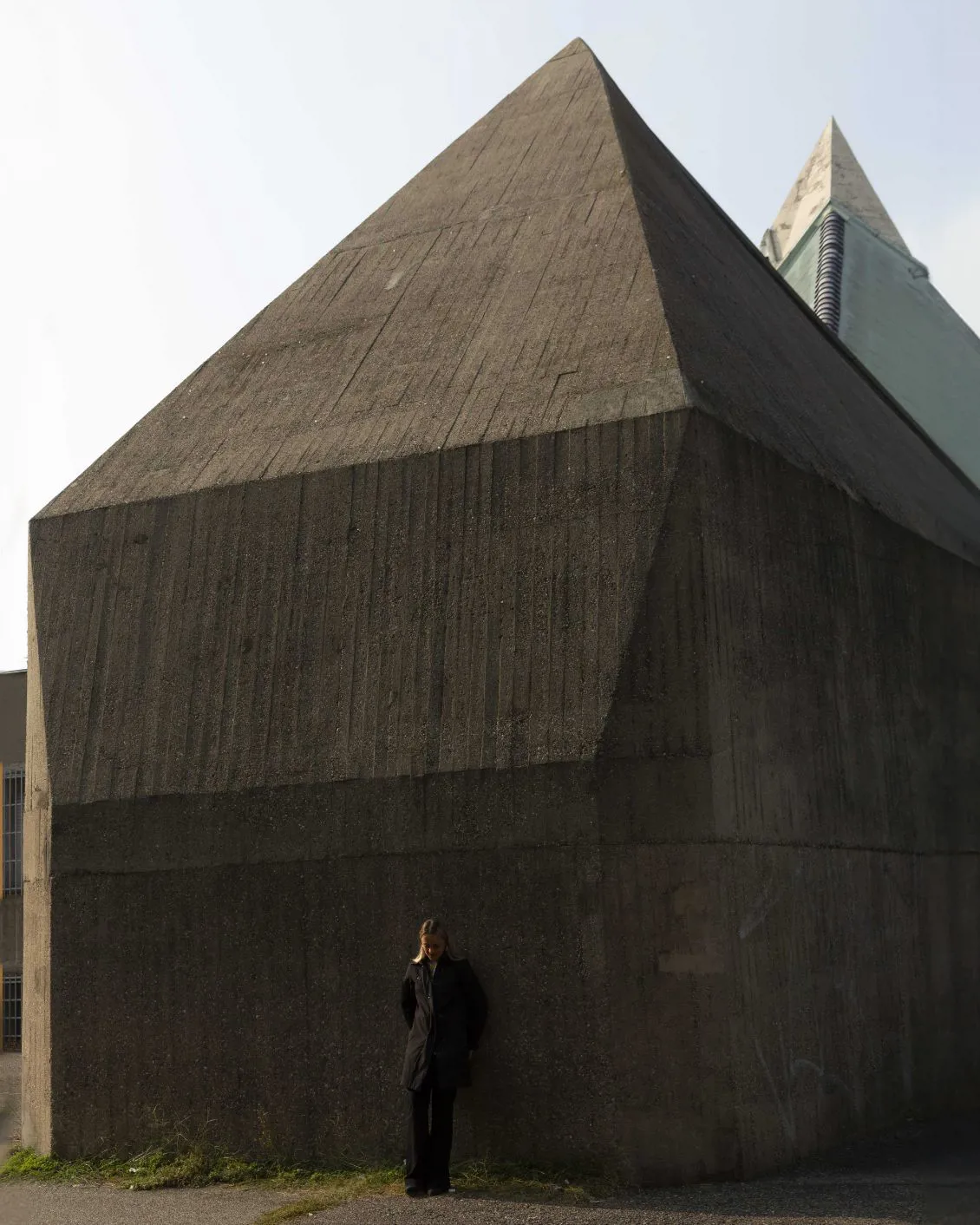
San Giovanni Bono Church designed by Arrigo Arrighetti in 1968
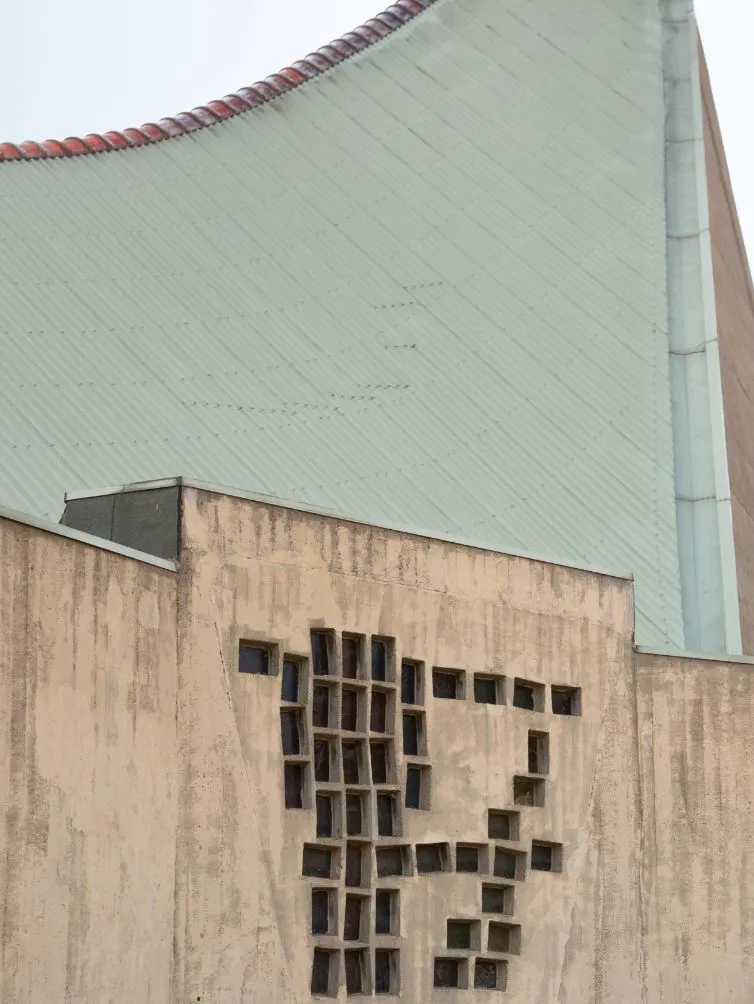
The Church’s facade is perforated with stained glass windows
We are a huge group from fashion to art, and people interested in heritage. I’ve found a way to talk about architecture to everyone, not just to architects, because architects are used to talking about architecture only to architects. I use informal language when I speak about architecture, even if my topics are serious. This is how this project became an open source to everyone. I also think it’s beautiful that people plan their city trips by following the map of forgotten architecture and share pictures.
DOPO SPACE is in the suburbs of Milan because we are worried about gentrification in our city like everyone else in European cities. Our main idea when we started this intense cultural project here was to create something attractive to try to help people in the neighborhood. I’m currently working on an article on this topic because I’m worried about the future of our cities.
Born in the 1960s, the architecture was not focused on function, but on form. These architects were not into the idea of designing a building, but rather on drawings where they would imagine different cities. The most famous example is Archigram, in London. They were a group of young architects who called themselves “Angry Boys” because they rejected modern architecture and were focused on the idea of drawing utopian cities with a mix of technology, fantasy, landscape, and pop art. They published a magazine called Archigram as well. The radical thing is that they just stopped doing architecture. So probably I’m a radical too because I’m not practicing either.
Ettore Sottsass Jr. was an architect, but also an artist, designer, and a bit famous like a pop star. I found this article on Domus’ archive about an apartment that he designed for Arnaldo Pomodoro, a well-known Italian sculptor in Milan in 1966. I published the project on the Facebook group and a woman living in Pomodoro’s house contacted me. I was at her place within the hour, and I was shocked at how intact the flat was. The woman and I ended up becoming friends and did many editorial projects together.
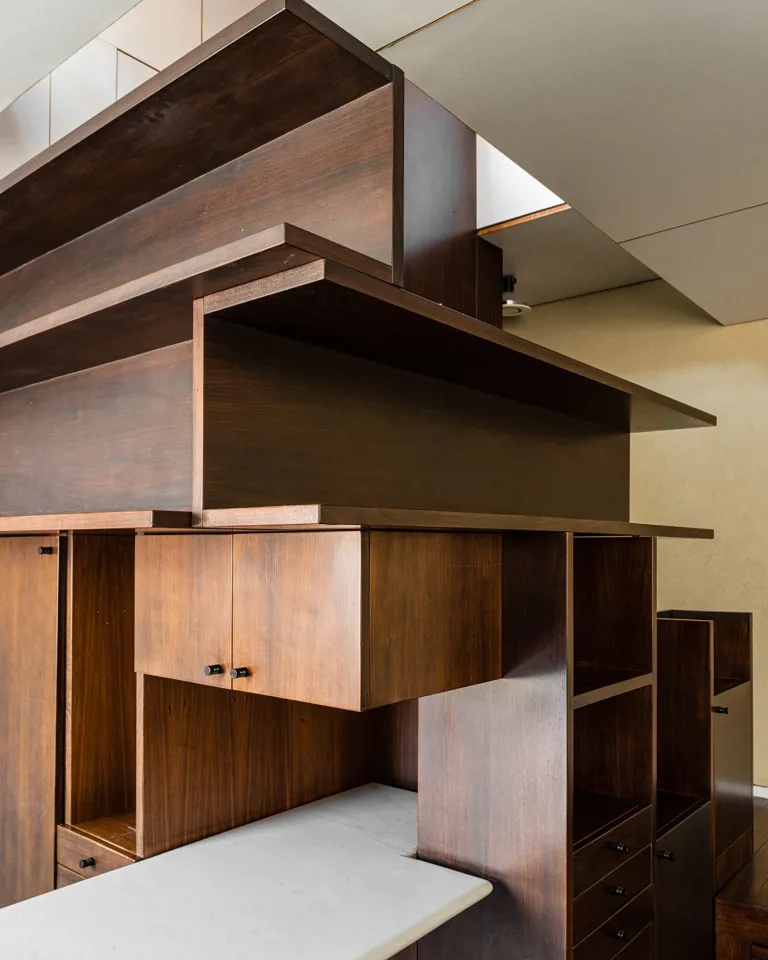
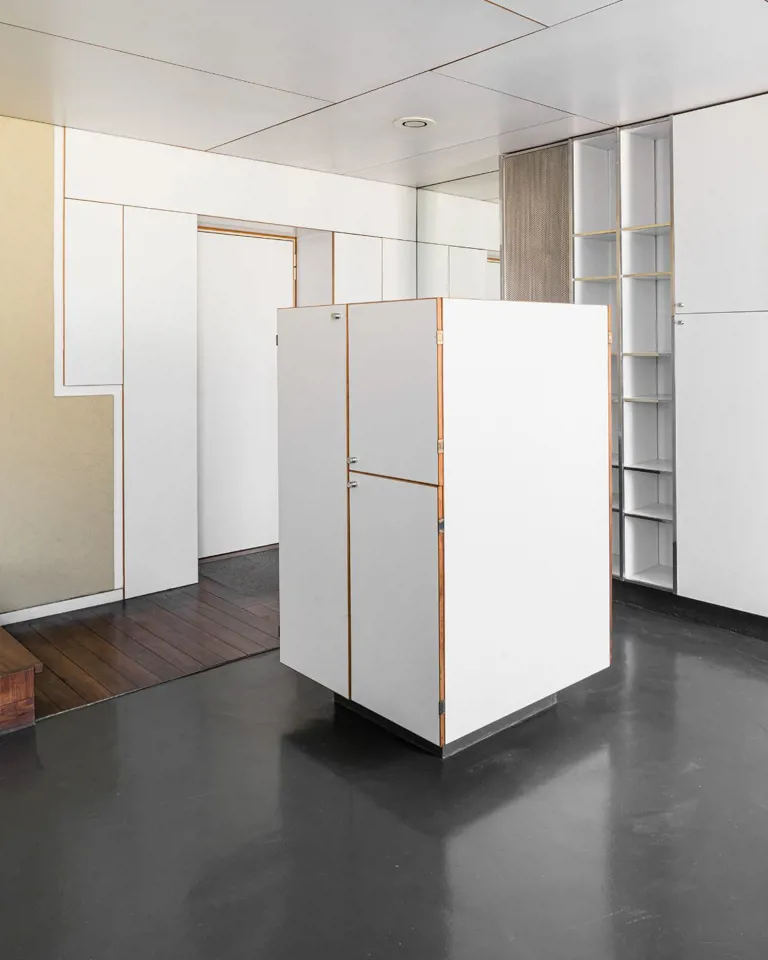
The architects were trying to rethink the field then. They started doing experiments with space and designing a different way to live inside a house. I just organized an event in Fregene, a city close to Rome, at this house called Casa Sperimentale designed by Giuseppe Perugini in the 1960s. The house looks like a UFO in concrete. It was an organic brutalist experimentation because the architect wanted to be a sculptor when he was a university student. In any case, Perugini built three different buildings—one is like a sphere called Palla, which means “ball” in Italian and the other is like a tree house because it’s suspended in space. I love the way the radical architects thought about going against tradition, which is also important to me today.
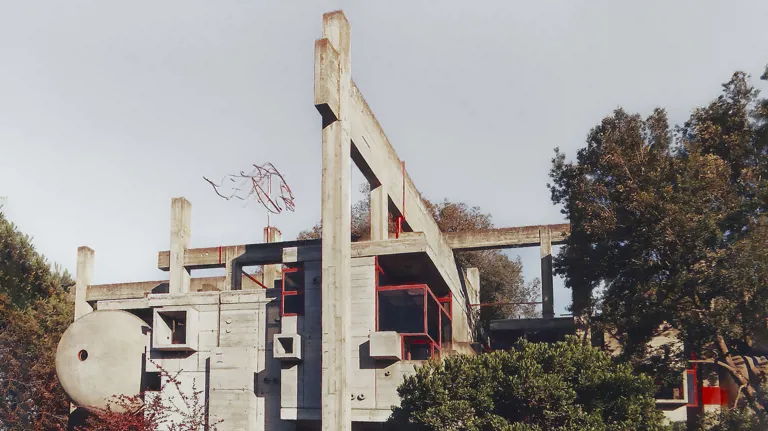
Casa Sperimentale surrounded by pine forest in Fregene, Italy
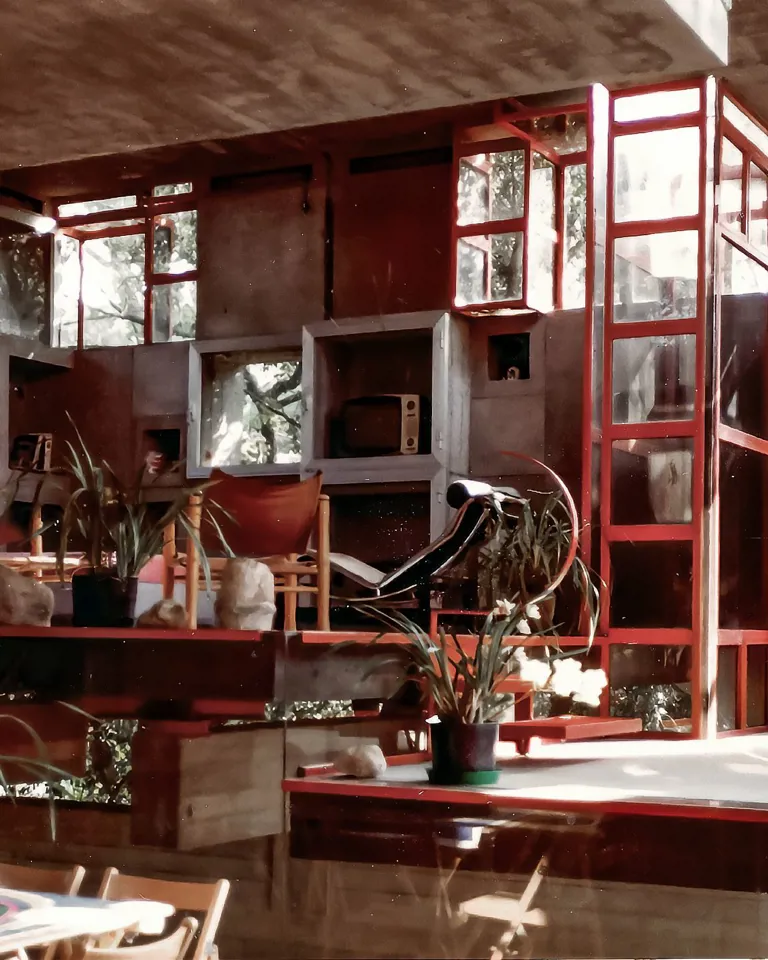
An extraordinary experiment that challenged what architecture is and how it’s created
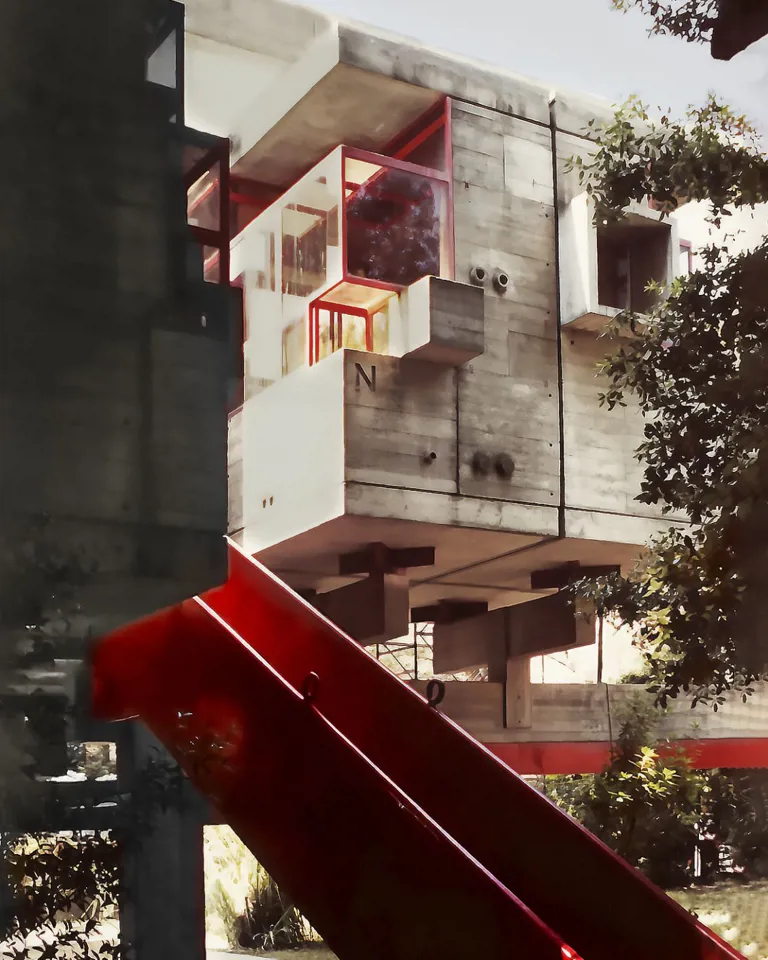
Built by an architect family Giuseppe Perugini, his wife Uga de Plaisant, and their son Raynaldo Perugini
I am exploring what the radicals wrote and did in the past to understand how we can translate these ideas in our present. I think that it fits because right now we are trying to rethink architecture and the role of the architect in society in relation to urgent topics, such as sustainability and racism. We cannot think and design a building like we did 20 years ago. Through my research, I see that a lot of architects are not designing projects but creating installations that rethink the practice. We don’t have the money anymore to spend on architecture as in the past, but I’m optimistic in that we are trying to find a new way to practice.
I was watching rap videos on YouTube and saw that all the artists had buildings in the background from the suburbs. All these artists have songs trying to talk about the problem of the ghettoization of their neighborhoods. I started researching artists from Italy and Europe. I ended up doing projects with some of the artists in Italy, organizing talks about the relationship of the neighborhood and the spaces in which they live and how we can change the situation in the cities where we live. We realized that a lot of the time architects designed buildings for people without understanding or caring about the way they live. We are trying to solve this problem.
We did this project with a famous Tunisian-Italian rapper called Ghali. I’ve curated an episode for the public program of The Italian Pavilion at Biennale Venezia 2023 where I’ve invited Ghali to talk about the ghettoization of neighborhoods and the role architecture has played in it.
The cemetery in Jesi, which is a small town in the center of Italy. It was designed by Leonardo Ricci who was an architect and professor from Florence. The cemetery is like a concrete city with small buildings within it. I was really impressed the first time I went there. Also, the Cimitero di Busto Arsizio, which is close to Milan.
One of the most impressive buildings is the Casa del Portuale in Naples by Aldo Lores Rossi.
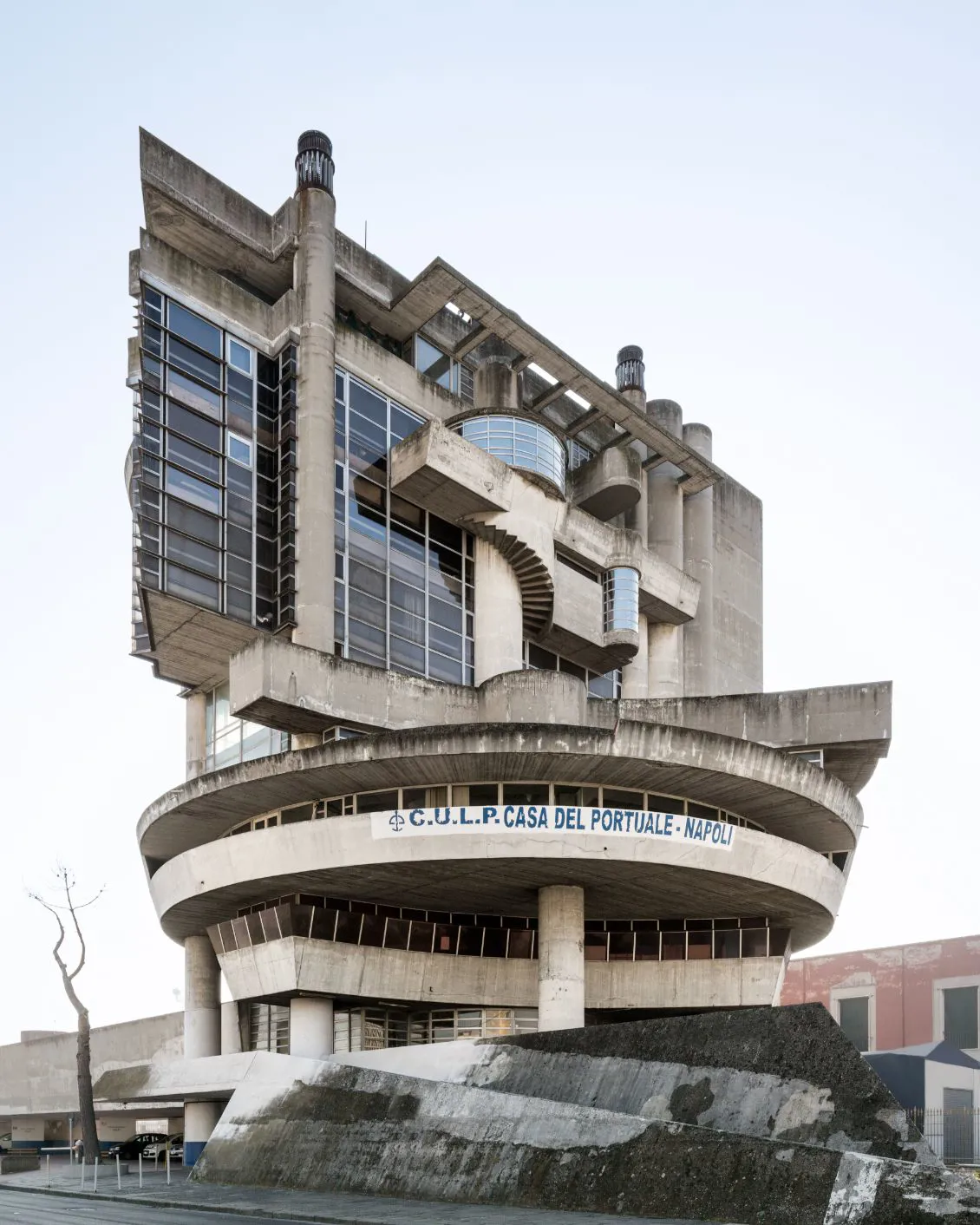
Casa del Portuale by Aldo Loris Rossi, known as the “Constructor of Utopias”
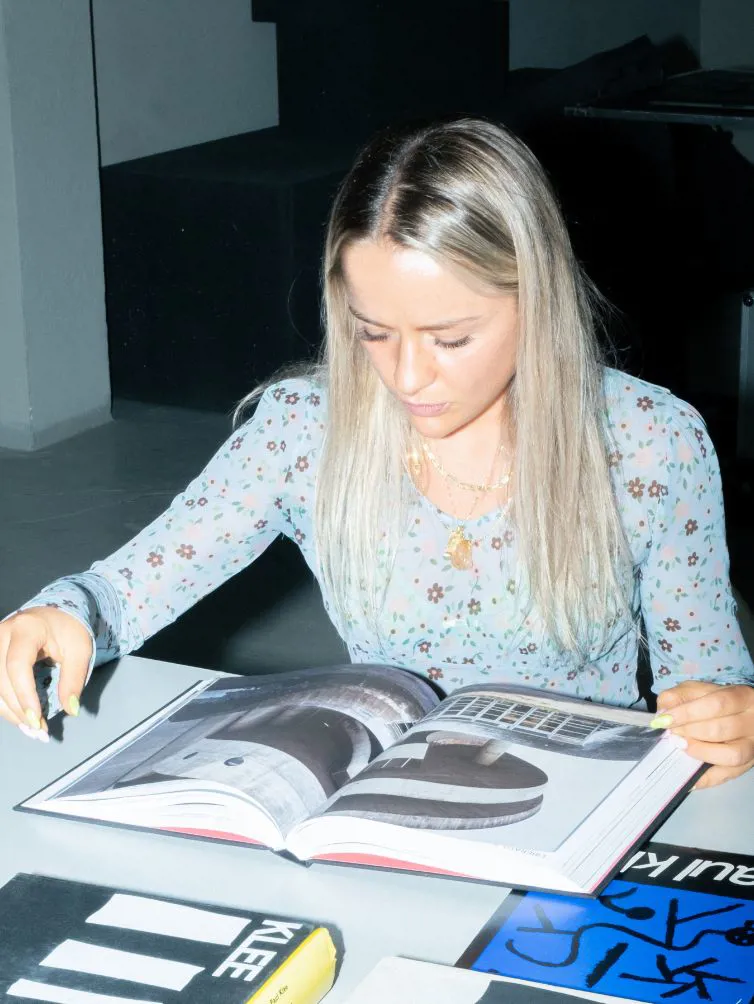
Bianca Felicori diving into "Forgotten Architecture"
Yes, we saved some buildings that were in disrepair. For example, we wrote an article together with the architect who built this beautiful swimming pool close to Prato, in Tuscany, which they were going to demolish to build an Olympic pool. Now they are working on a plan to integrate the original pool. I also worked with the son of the architect of Casa Esperimental on a lot of editorial projects, which helped pay for the renovation of the house.

Public swimming pool designed by Marco Meozzi in the 1970s using the Binishell system
Bianca Felicori’s portraits Mattia Greghi and Benedetta Andrea Bonaschi
Architecture images and Forgotten Architecture book images courtesy of Bianca Felicori
Casa Pomodoro’s house images Fabrizio Vatieri and Nicola Nunziata
Casa Sperimentale Archivio Perugini
Busto Arsizio Monumental Cemetery Stefano Perego
Casa del Portuale Fabrizio Vatieri
Swimming pool in Prato Luca Caizzi